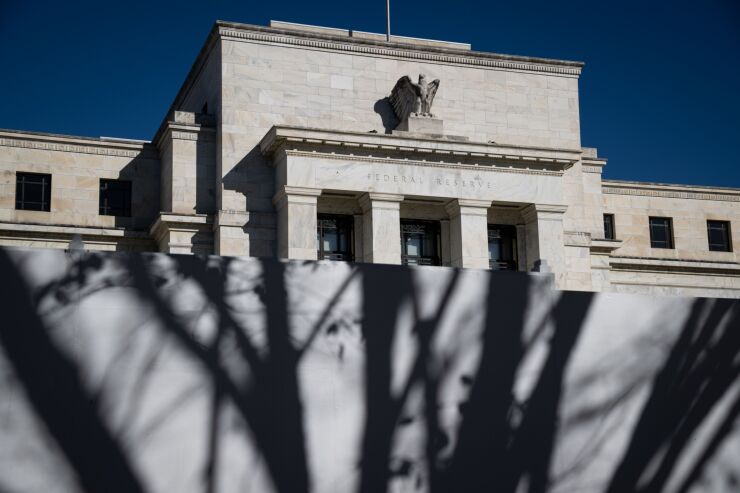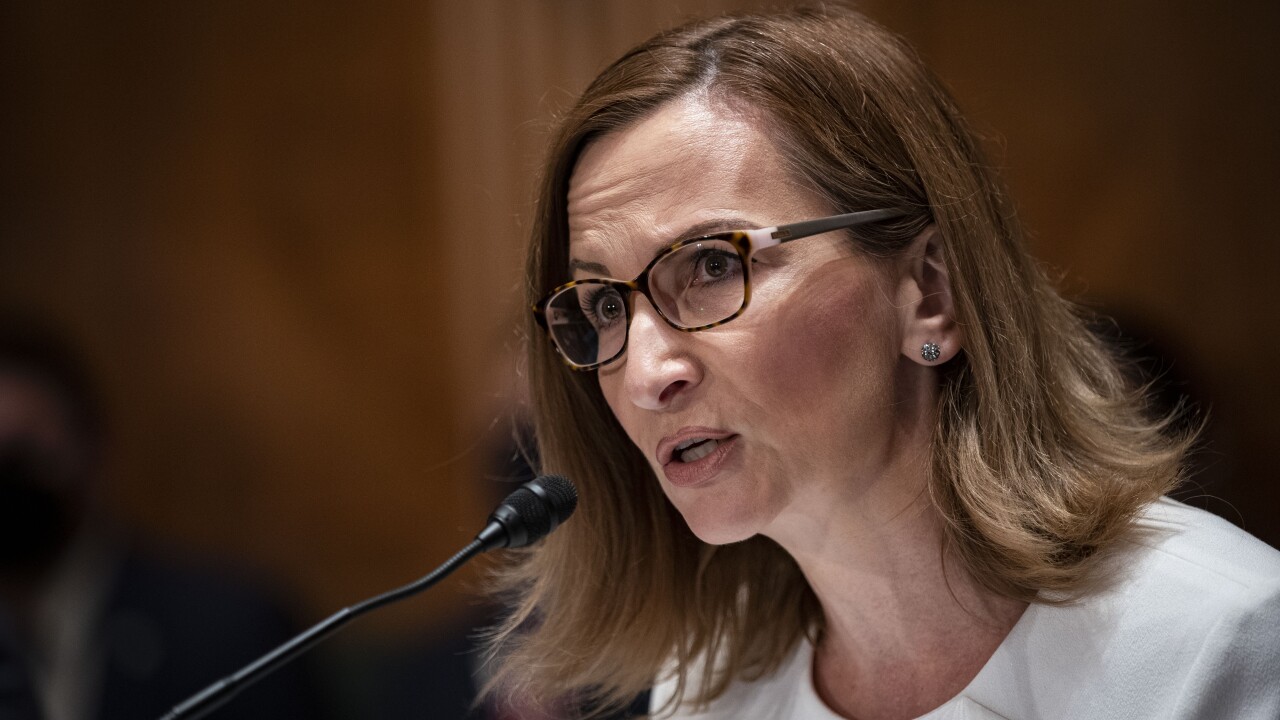
The chickens are finally coming home to roost, and they're making quite a mess. Since Dodd-Frank, if not earlier,
This is not to say that all nonbanks are poorly managed, including from a safety and soundness perspective. But it is to say there is a serious structural imbalance in our financial system — one that creates a great deal of risk.
The nonbanks' "Get Out of Jail Free" card has put tremendous pressure on tightly regulated banks and allowed nonbanks to expand dramatically. Banks saw their ability to engage in leveraged lending effectively capped, while nonbanks rushed in to seize that lucrative market. They also faced no real limits on experimenting with digital finance, while banks were largely sidelined or effectively punished for trying. And while it's hard to prove, some believe that certain nonbanks profited handsomely by shorting bank stocks and fanning the flames of the 2023 internet-driven deposit runs with rumors that bank deposits weren't safe. As if that weren't enough, nonbanks have been free to lend, trade, and invest with virtually no capital charges, no stress tests, no "living wills" (a time-consuming exercise banks know well), and none of the ever-growing capital requirements, delayed merger approvals, or new-activity applications that have made much of bread-and-butter banking uncompetitive.
Today, however, the playing field is no longer just tilted, it's completely out of whack.
As if this weren't enough, another threat is on the march: stablecoins. Some nonbanks are now moving to disintermediate banks from their most fundamental roles — safeguarding deposits and serving as the backbone of the financial system's payments infrastructure. The simple-sounding term "stablecoin," which emerged in the 2010s, refers to a digital asset designed to hold a steady value, backed by reserves now defined under the GENIUS Act.
ICBA argues Bridge's stablecoin model pushes the trust charter beyond its intended fiduciary scope.
But its reach today is anything but simple. There are currently hundreds of versions —
As the list grows longer, so does the real problem. It's not whether a stablecoin is truly stable — that may be a problem for some — but that every new coin, stable or not, chips away at the traditional deposit base. These coins can serve, often effectively, as (1) instantaneous payment tools; (2) "safe" stores of value; and (3) convenient units of account — essentially, a substitute for fiat currency. And so, as stablecoins gain broader acceptance, they become not just a substitute for fiat currency but a functional substitute for deposits. When customers buy stablecoins, they move money out of their bank accounts into a digital "wallet" or similar vehicle outside the banking system. And just like that, they have an equivalent — one where the money may never find its way back into the banking system. The bank has been disintermediated.
Some of this activity, at least in the U.S. and Europe, is regulated to one degree or another. The GENIUS Act, signed into law this year but not expected to be fully implemented until early 2027, puts regulators in charge of setting at least some of the rules of the road. However, in truth, the level of scrutiny will depend upon what the regulators do — or don't do — and, hopefully, the size, scale and type of stablecoin issuer involved. Outside the U.S. and Europe, however, the picture is far less clear, and in many jurisdictions, stablecoin issuers go virtually unregulated.
It's high time we adopted a clear standard — nationally and through Basel, internationally: "same activity, same size, same regulation." Some bank regulators are already working toward this goal: a fairer and more balanced system of financial services supervision. Bravo to them. But legislation is likely needed to finish the job. We must level the playing field before more risk seeps into the system and safety and soundness collapse under the weight of these imbalances.
Allowing nonbanks to continue expanding under lighter rules will, sooner or later, reap the whirlwind for the U.S. economy and the banking industry alike. And when the next crisis forces policymakers to "rise above their principles" and bail out nonbanks, at a minimum, we will have learned our lesson — at a very steep price.






